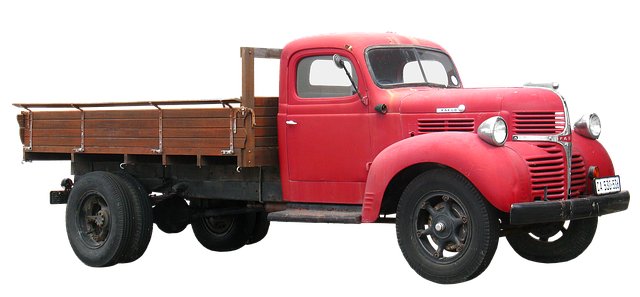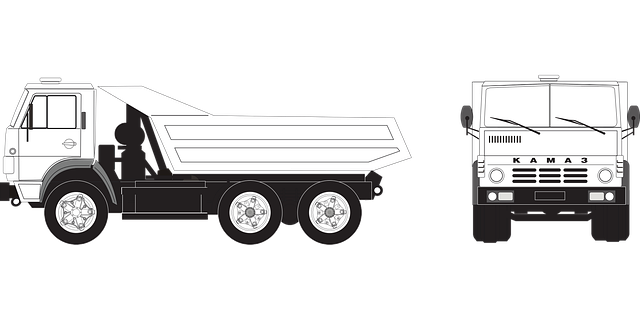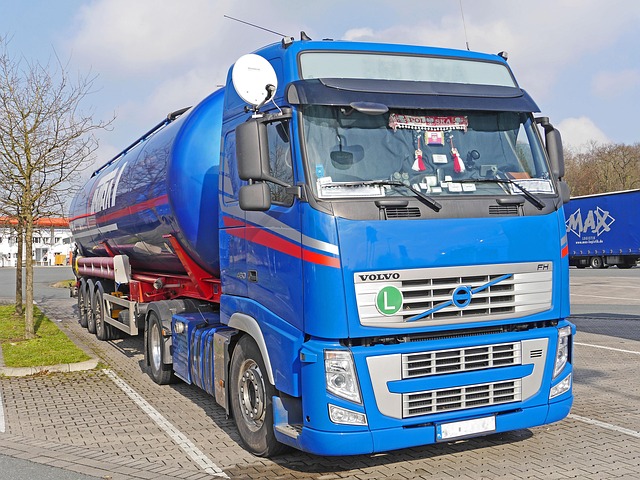Primary liability insurance is a vital tool for individuals and businesses to safeguard against unforeseen legal liabilities, with insurers offering tailored solutions in the trucking industry. Customizing policies based on unique operational risks, such as cargo damage or specialized transport, ensures comprehensive protection and regulatory compliance. By conducting thorough risk assessments, identifying potential hazards, and staying updated with industry standards, trucking companies can effectively manage risks and protect themselves from financial losses related to bodily injury or property damage claims.
In the dynamic landscape of trucking operations, understanding and customizing primary liability insurance is paramount. This comprehensive guide delves into the intricacies of this vital coverage, exploring how insurers can tailor policies to address unique risks inherent in the industry. From assessing specific hazards to implementing effective customization strategies, we provide essential insights for navigating the complexities of primary liability insurance in trucking, ensuring optimal protection and compliance.
Understanding Primary Liability Insurance for Trucking Operations

Assessing Risk Factors Specific to Trucking Industry

In the trucking industry, understanding and assessing unique risk factors is essential for tailoring liability policies. These risks often go beyond general business insurance requirements due to the specific nature of transportation operations. For instance, drivers face challenges like varying road conditions, heavy loads, and tight schedules, which can increase accident probabilities. Moreover, the potential for legal liabilities in case of collisions or property damage is heightened because of the high value of cargoes and the involvement of multiple parties—the trucking company, drivers, and shippers.
When customizing primary liability insurance for these operations, insurers should consider factors such as vehicle type and age, driving experience and history of the fleet, safety training programs implemented, and the geographic scope of operations. By evaluating these aspects, insurers can design policies that offer adequate coverage for specific trucking scenarios while ensuring cost-effectiveness for businesses within this sector.
Tailoring Policies: Customization Strategies

In the realm of trucking operations, one size does not fit all when it comes to liability policies. Tailoring or customizing these policies is essential to ensuring comprehensive protection for unique operational risks. Primary liability insurance, a cornerstone of any trucking business’s risk management strategy, can be adapted to meet specific needs. For instance, a company specializing in long-haul transportation might require enhanced coverage for cargo damage during extended journeys compared to a local delivery service with shorter routes.
Customization strategies involve assessing the nature of operations, identifying potential hazards, and selecting or designing policies that directly address these concerns. This may include adjusting limits of liability, adding specific exclusions or endorsements to cover unique risks, or incorporating specialized coverage for valuable cargo, hazardous materials transport, or specific types of vehicles. Such personalized policies not only safeguard businesses from financial exposure but also demonstrate a proactive approach to risk management.
Best Practices for Effective Coverage and Compliance

When customizing liability policies for trucking operations, adopting best practices ensures both comprehensive coverage and regulatory compliance. A key strategy is to conduct thorough risk assessments specific to the operation’s unique needs. This involves identifying potential hazards, such as cargo handling risks or vehicle maintenance issues, which can lead to accidents or injuries. By understanding these risks, insurers can tailor policies that provide adequate protection against financial losses resulting from claims related to bodily injury or property damage.
Additionally, staying updated with industry regulations and standards is vital. Trucking operations must comply with federal and state laws governing safety, licensing, and insurance requirements. Insurers should collaborate closely with clients to ensure policy terms align with these regulations, avoiding potential gaps in coverage that could expose the operation to legal risks. Regular reviews and adjustments of liability policies based on changing operational scenarios and regulatory landscapes are essential practices for maintaining effective protection.
Customizing liability policies is key to ensuring comprehensive protection for trucking operations. By understanding the unique risks within the industry, such as cargo damage, driver errors, and on-road incidents, carriers can tailor their primary liability insurance to fit specific needs. This strategic approach allows for better risk management and peace of mind, ultimately facilitating compliance and safety in the dynamic world of trucking.
